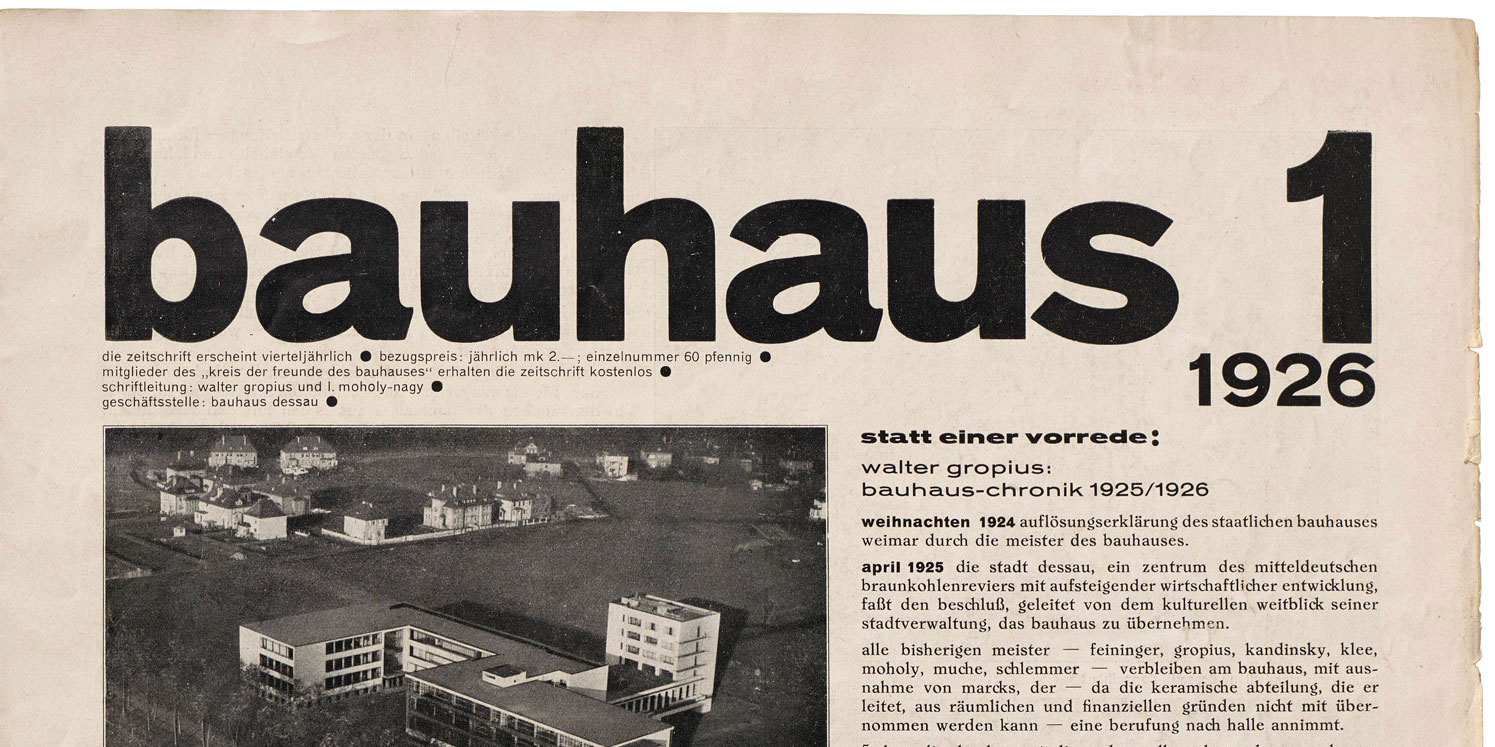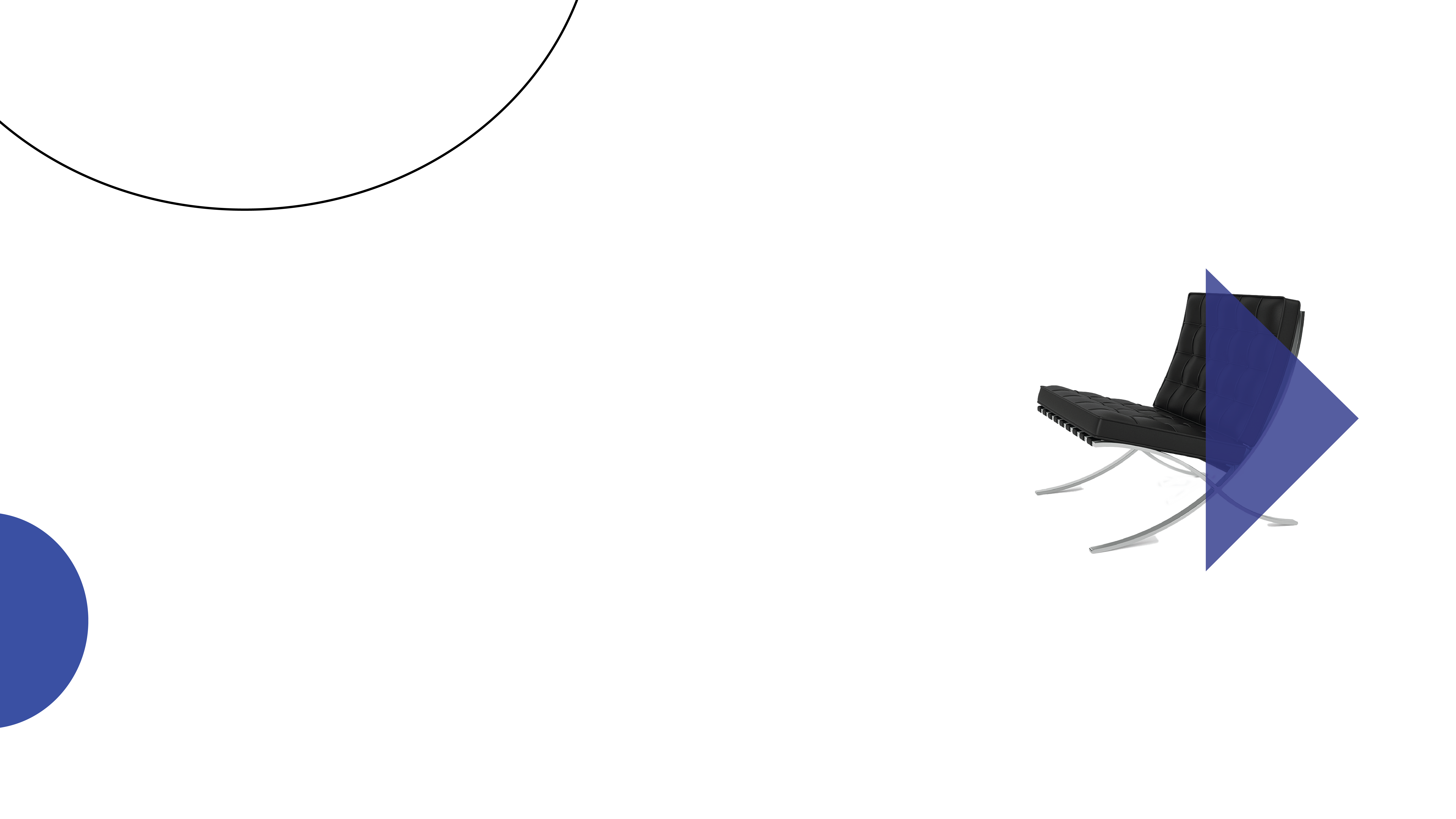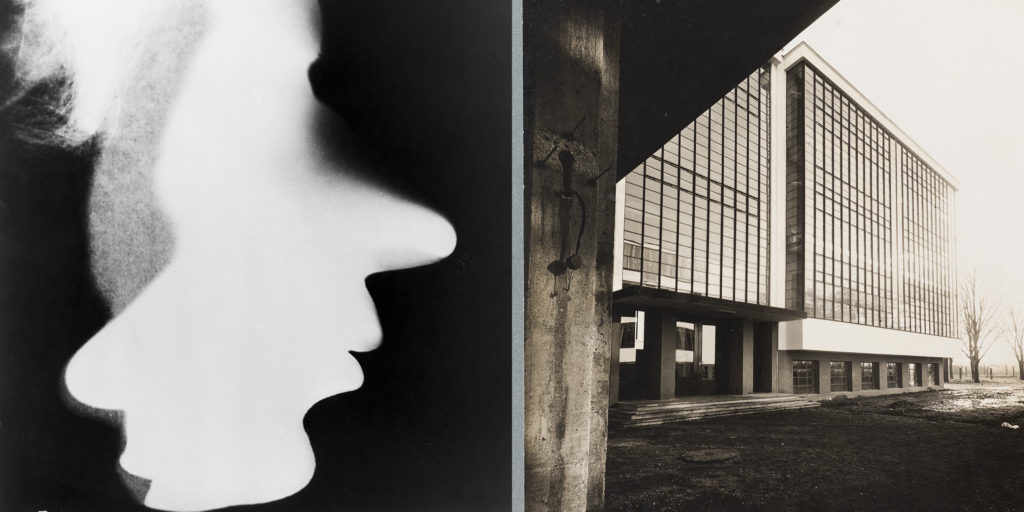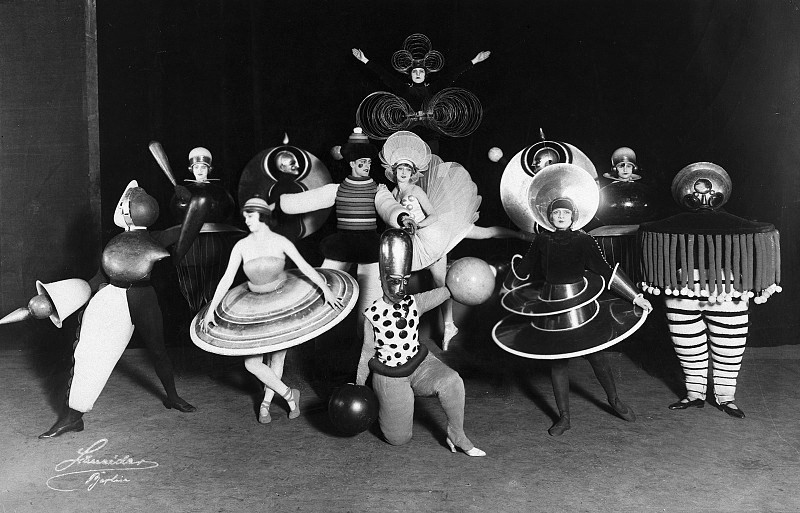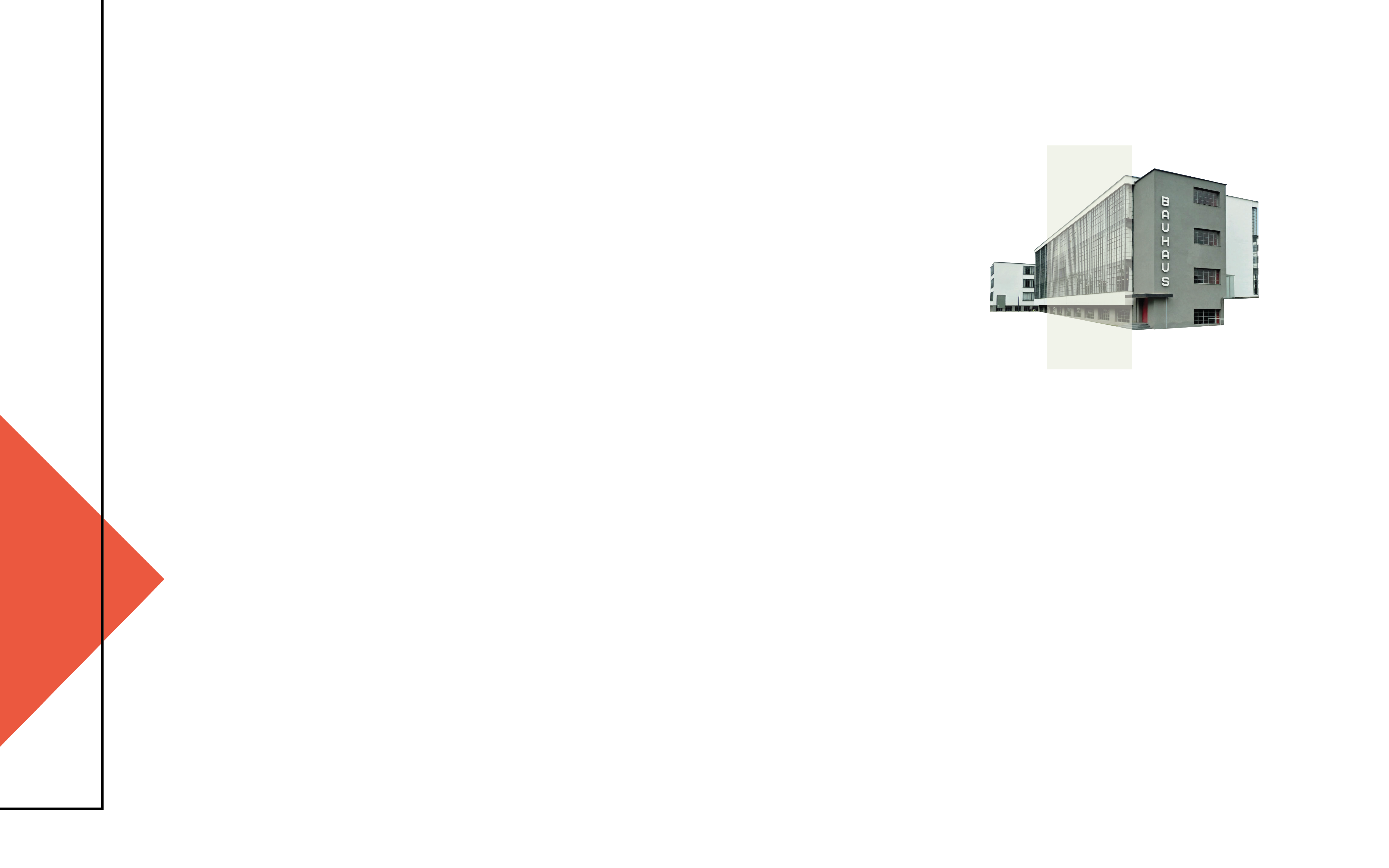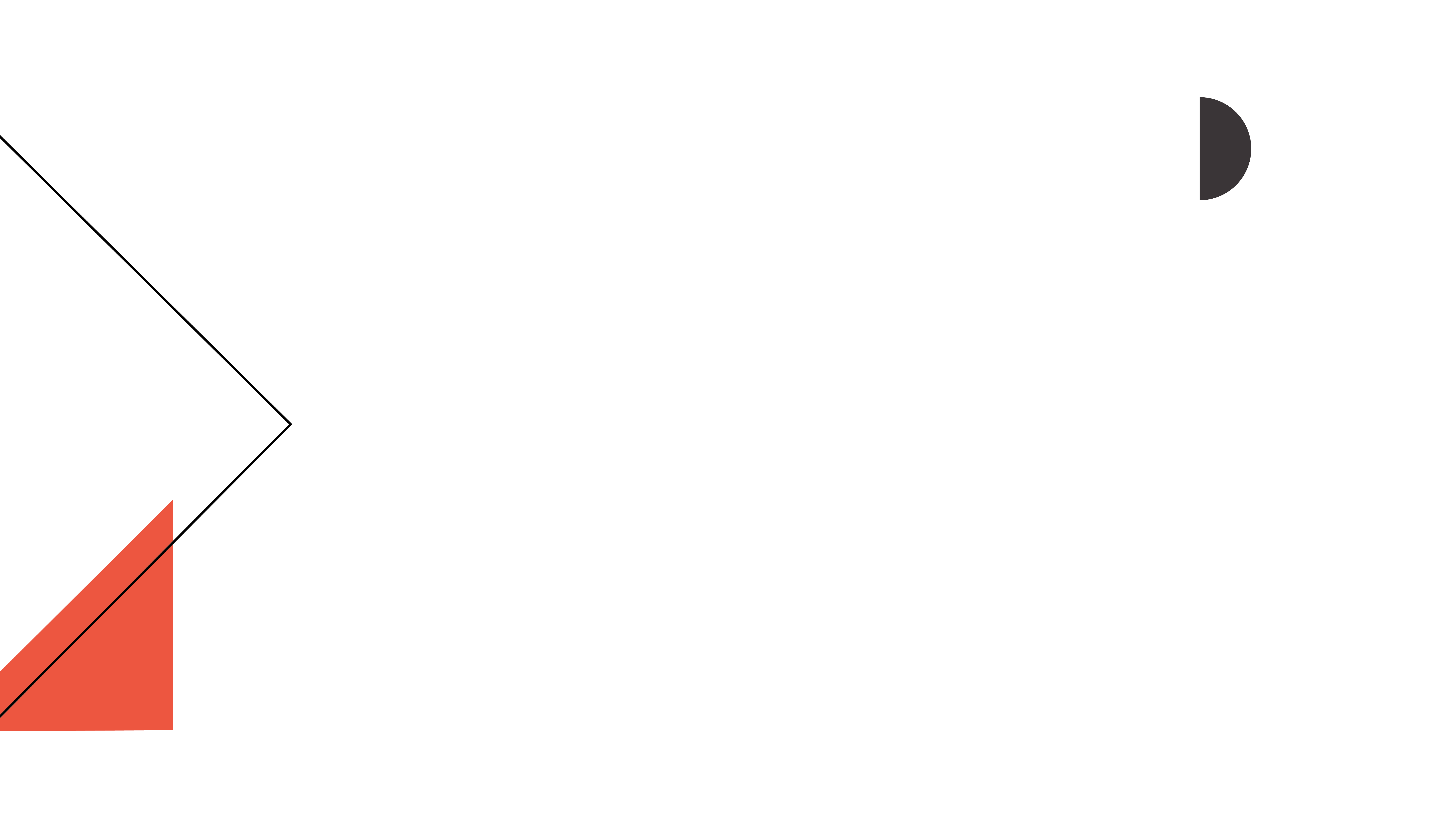
The Three Rules
The origins of the Bauhaus lie in the late 19th century, in anxieties about the soullessness of
modern manufacturing, and fears about the art's loss of social relevance. The Bauhaus aimed to reunite fine art
and functional design, creating practical objects with the soul of the art work.
Although the Bauhaus abandoned many aspects of traditional fine arts education, it was deeply concerened with
intellectual and theoretical approach to its subject. Various aspects of artistic and pedagogy were fused, and the
heirarchy of the arts which had stood in place during the Renaissance was leveled out: the practical crafts -
archetecture and interior design, textiles and woodwork - were placed on a par with fine arts such as sculpting
and painting.
